Genus Daphoenositta Phylum Chordata Rank Species | Family Neosittidae Scientific name Daphoenositta chrysoptera Higher classification Sittella Order Passerine | |
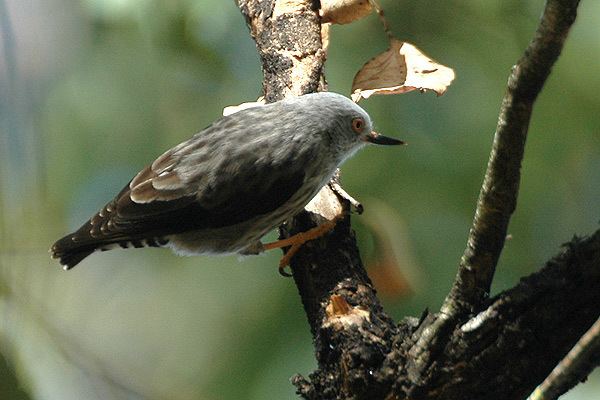 | ||
Similar Sittella, Restless flycatcher, Grey shrikethrush, Leaden flycatcher, Black‑faced cuckooshrike | ||
Mistletoebird and varied sittella
The varied sittella (Daphoenositta chrysoptera) is a small, around 10–11 cm long, songbird native to Australia and New Guinea. It is also known as the Australian nuthatch, orange-winged sittella and the barkpecker.
Contents
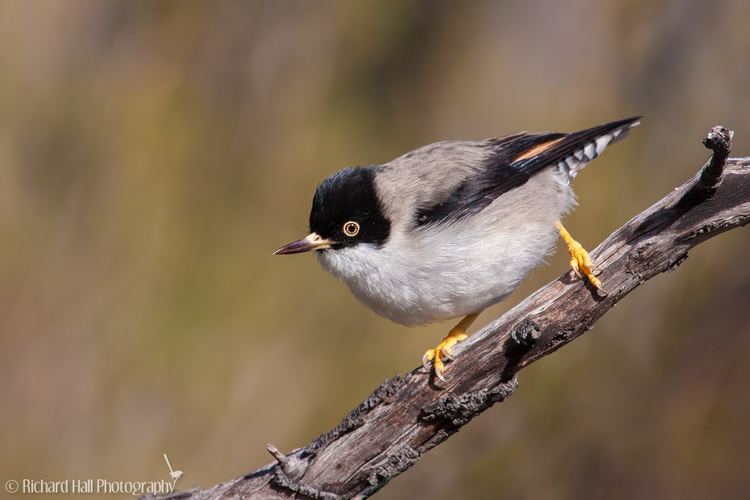
Varied sittella
Taxonomy
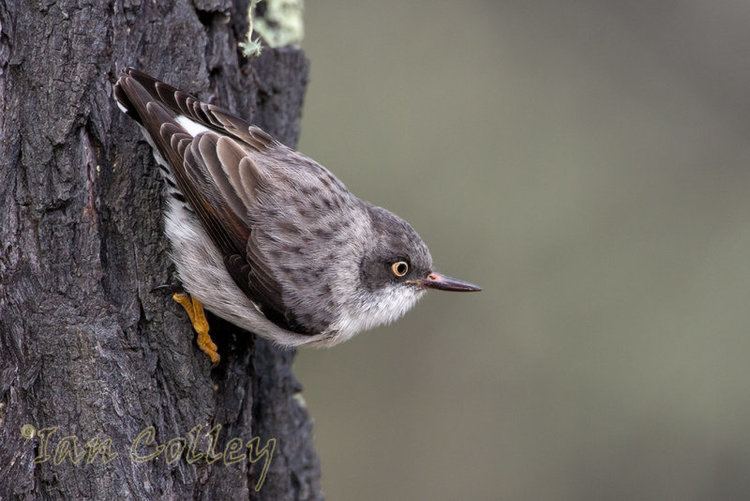
The varied sittella was first described by the English ornithologist John Latham in 1801 under the binomial name Sitta chrysoptera.
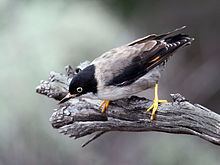
Sitta is a word taken from nuthatches. The origin of it is unknown. Chryso is Latin for "golden", Ptera for "wing" referring to the distinctive patch of colour in the dark wings.
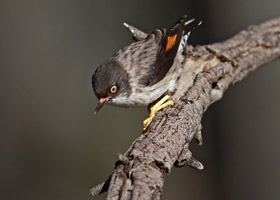
This species inhabits a broad range, and its appearance changes depending on its location hence the name "varied" sittella. There are five subspecies:
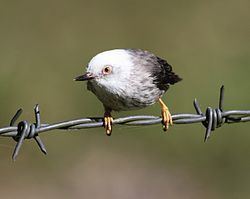
The New Guinea subspecies are papuensis (Papuan or New Guinea sitella), sometimes given specific status alba (white sitella), intermedia (intermediate sitella) and albifrons (white-fronted sitella)
Description
Its crown and head can be white, grey or black, and its body is either whitish or grey often streaked with black and grey. Its wings are black, with a broad bar in either white or cinnamon. The iris is dark orange, and the eye-ring legs and feet are orange-yellow. The beak is orange with a black tip that can extend as far as the base. Colouration completely depends on the subspecies, and certain subspecies are known to hybridize. In the future some subspecies may become species in their own right.
Behaviour
Flocks of these birds forage in trees of all heights, often descending down the trunks in a rather nuthatch-like fashion. Calls are short and rather high-pitched.
